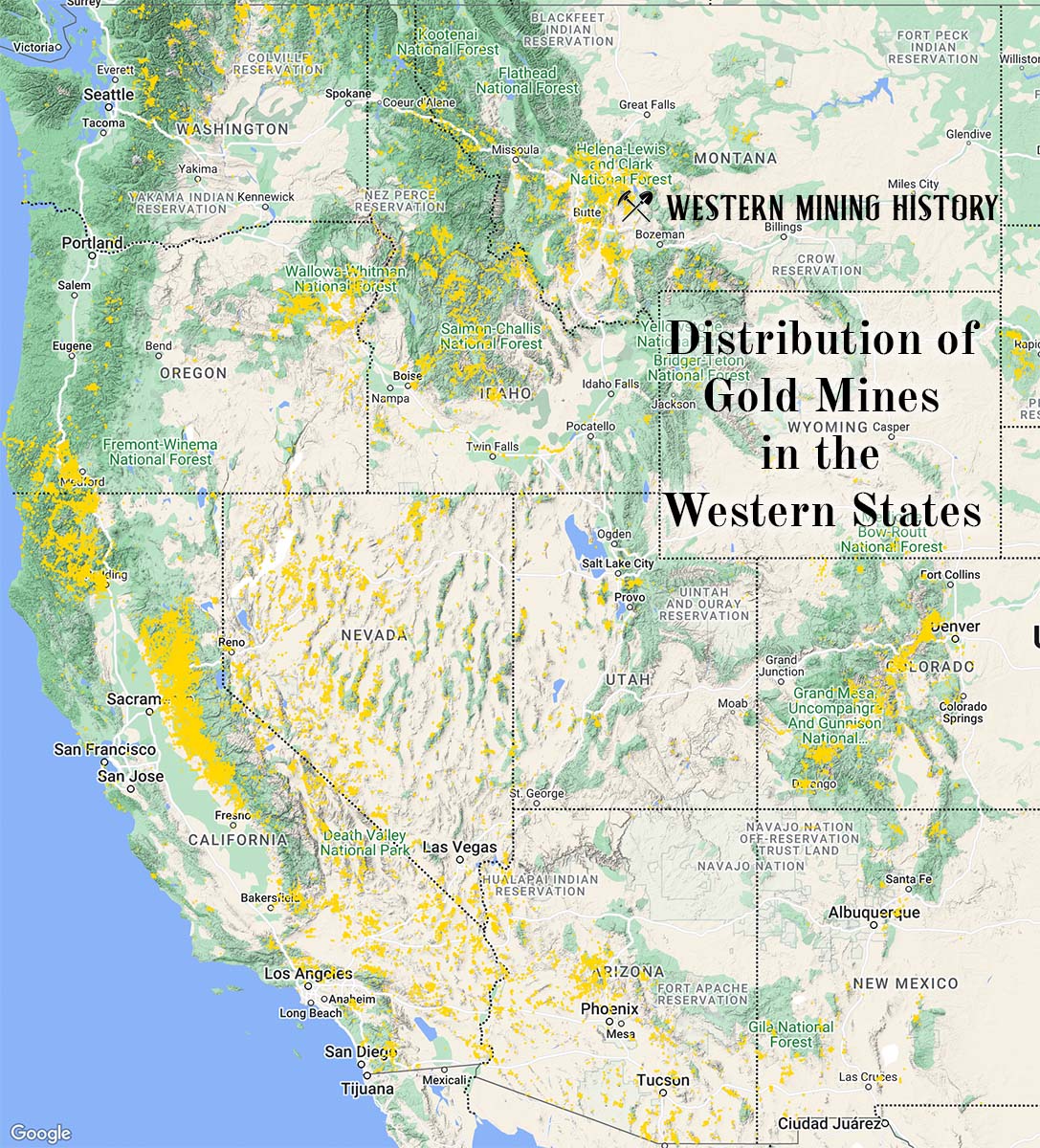The Arctic is a gold, zinc, lead, silver, and copper mine located in Alaska.
About the MRDS Data:
All mine locations were obtained from the USGS Mineral Resources Data System. The locations and other information in this database have not been verified for accuracy. It should be assumed that all mines are on private property.
Mine Info
Elevation:
Commodity: Gold, Zinc, Lead, Silver, Copper
Lat, Long: 67.18111, -156.38611
Map: View on Google Maps
Arctic MRDS details
Site Name
Primary: Arctic
Secondary: Arctic Camp
Commodity
Primary: Gold
Primary: Zinc
Primary: Lead
Primary: Silver
Primary: Copper
Secondary: Antimony
Location
State: Alaska
District: Shungnak
Land Status
Not available
Holdings
Not available
Workings
Not available
Ownership
Not available
Production
Not available
Deposit
Record Type: Site
Operation Category: Prospect
Operation Type: Unknown
Years of Production:
Organization:
Significant:
Physiography
Not available
Mineral Deposit Model
Model Name: Massive sulfide, kuroko
Orebody
Not available
Structure
Not available
Alterations
Alteration Type: L
Alteration Text: Chlorite-rich rocks in footwall and surrounding the sulfides form an alteration zone containing a complex assemblage of barian fluorphlogopite, talc, Mg-chlorite, barite, phengite, quartz, and calcite (Schmidt, 1986).
Rocks
Name: Schist
Role: Host
Age Type: Host Rock Unit
Age Young: Late Devonian
Analytical Data
Not available
Materials
Ore: Tetrahedrite
Ore: Chalcopyrite
Ore: Chalcocite
Ore: Bornite
Ore: Galena
Ore: Tennantite
Ore: Sphalerite
Ore: Stibnite
Gangue: Barite
Gangue: Talc
Gangue: Quartz
Gangue: Pyrrhotite
Gangue: Arsenopyrite
Gangue: Calcite
Gangue: Pyrite
Comments
Comment (Geology): Age = Devonian-Mississippian
Comment (Exploration): Status = Active
Comment (Deposit): Model Name = Kuroko
Comment (Deposit): Other Comments = Artic is one of several volcanogenic deposits in the Ambler schist belt along the south flank of the Brooks Range. The deposits may be part of a rifted continental margin (Schmidt, 1981, p. 548).
Comment (Reference): Primary Reference = Hitzman and others, 1986
Comment (Reserve-Resource): Reserves = Indicated reserves of 26 million tons grading 4.0% Cu, 5.5 % Zn, 1% Pb, 1.6 oz/ton (55 g/tonne) Ag, and 0.03oz./ton (0.69 g/tonne)Au (Eakins and others, 1985, p. 6).
Comment (Workings): Workings / Exploration = Explored by surface trenches and pits and diamond drill holes. Patented claims held by Kennecott Exploration. Extensive diamond drilling (more 65 holes) (Nana Development Corporation, written comm., 1997).
Comment (Geology): Geologic Description = A syngenetic deposit hosted in a thick sequence of low to medium grade metamorphosed basaltic and rhyolitic rocks, submarine ash flow tuffs, volcaniclastic and minor plutonic rocks, and pelitic, carbonaceous and calcareous sedimentary rocks, known as the Ambler schist belt. These rocks are part of a large fold structure termed the Kalurivik arch. A Devonian or Mississippian age of mineralization is based both on fossil evidence and U-Pb radiometric dating (Hitzman and others, 1986, p.1592-1618).?This polymetallic, stratabound, volcanogenic deposit consists of tabular masses of banded massive and disseminated sulfides, one foot (0.3 m) to more than 55 ft. (18 m) thick, composed of 20% to 90% pyrite, chalcopyrite and sphalerite, along with lesser amounts of pyrrhotite, chalcocite, bornite, galena, tennantite-tetrahedrite, arsenopyrite and stibnite. The sulfides are enclosed in calcareous talcose to quartzose lenses within a metavolcanic (rhyolitic) unit. The mineralized area is 3000 ft. by 2200 ft. (1030 m by 730 m), and about 270 ft. (90 m) thick. The massive sulfide occurrences are covered by a small gossan cap 9 ft. to 15 ft. (3 m to 5 m) deep (Schmidt, 1986, p. 1619-1643).
References
Reference (Deposit): Schmidt, J.M., 1988, Mineral and whole-rock compositions of seawater-dominated hydrothermal alteration at the Arctic volcanogenic massive sulfide prospect, Alaska: Economic Geology, v. 83, p. 822-842.
Reference (Deposit): Schmidt, J.M., 1983, Geology and geochemistry of the Arctic prospect, Ambler district, Alaska: Stanford, Stanford University, Ph.D. dissertation, 253 p.
Reference (Deposit): Degenhart, C.E., Griffis, R.J., McQuat, J.F., and Bigelow, C.G., 1978, Mineral studies of the western Brooks Range performed under contract to the U.S. Bureau of Mines, Contract #JO155089: U.S. Bureau of Mines Open-File Report 103-78, 529 p., 11 sheets.
Reference (Deposit): Mayfield, C.F. and Grybeck, D., 1978, Mineral occurrences and resource map of the Ambler river quadrangle, Alaska: U.S. Geological Survey Open-File Report 78-120I, 1 sheet, scale 1:250,000.
Reference (Deposit): Hitzman, M.W., Profett, J.M., Jr., Schmidt, J.M., and Smith, T.E., 1986, Geology and mineralization of the Ambler district, northwestern Alaska: Economic Geology, v. 81, p. 1592-1618.
Reference (Deposit): Dillon, J.T., Pessel, G.H., Chen, J.H., and Veach, N.C., 1979, Tectonic and economic significance of late Devonian and late Proterozoic U-Pb zircon ages from Brooks Range, Alaska: in Short Notes on Alaskan Geology, 1978: Alaska Division of Geological and Geophysical Surveys Geologic Report 61, p. 36-41.
Reference (Deposit): Grybeck, D.J., and Nokleberg, W.J., 1979, Metallogeny of the Brooks Range, Alaska, in Johnson, K.M., and Williams, J.R., Jr., The United States Geological Survey in Alaska: Accomplishments during 1978: U.S. Geological Survey Circular 804-B, p. B19-B22.
Reference (Deposit): Schmidt, J.M., 1986, Stratigraphic setting and mineralogy of the Arctic volcanogenic massive sulfide prospect, Ambler District, Alaska: Economic Geology and the Bulletin of the Society of Economic Geologists, vol.81, no.7, pp.1619-1643.
Reference (Deposit): Schmidt, J.M., 1981, Volcanogenic massive sulfide deposition in a rifted continental margin--The Arctic Camp deposit, southwestern Brooks Range, Alaska [abs.]: Geological Society of America Annual Meeting, Program with Abstracts, v. 13, no. 7, p. 548.
Reference (Deposit): Bottge, R.G., 1975, Impact of a natural gas pipeline on mineral and energy development in Alaska: U.S. Bureau of Mines Open-File Report 20-75.
The Top Ten Gold Producing States

These ten states contributed the most to the gold production that built the West from 1848 through the 1930s. The Top Ten Gold Producing States.